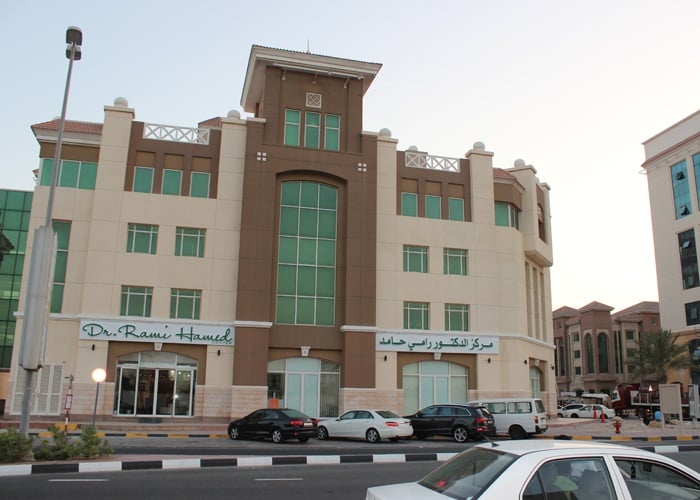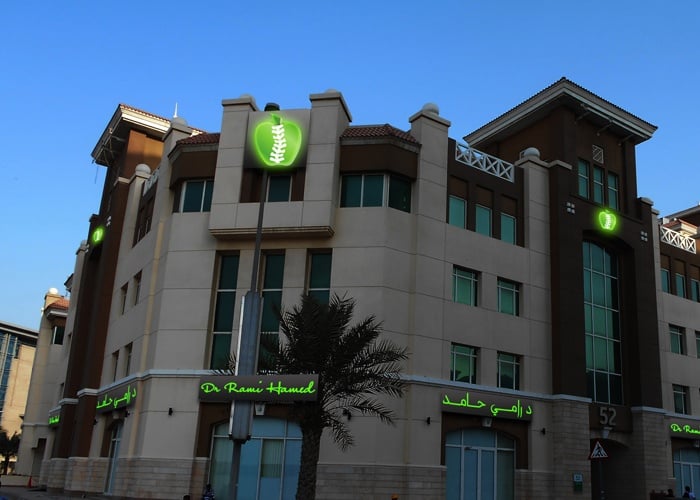Broken Heart Syndrome - Dubai Cardiology Clinic
It is also called Apical Ballooning Syndrome (ABS) and Tako-tsubo cardiomyopathy. It was first described by Dote in Japan in 1991.
What is Apical Ballooning Syndrome (ABS)?
It is an acute-onset, reversible dilated cardiomyopathy. It occurs mainly in women after menopause, 6.3-fold more in women than men, with an incidence rate of 1-3 % of patients admitted with a heart attack (STEMI).
What are the main symptoms?
The patient usually presents with:
- Severe chest pain with shortness of breath after a stressful event (emotional or physical) in two-thirds of cases.
- ECG changes: ST elevation – Q wave abnormality.
- Mild increase in cardiac enzyme ( Troponin I, Troponin T – CK MB)
- Echocardiography: the hallmark of ABS is the presence of wall motion abnormality, especially the middle segment and apex of the left ventricle looks like a balloon, but these changes are transient and disappear in a few days or weeks.
- Coronary angiogram shows non-significant stenosis in epicardial coronary arteries.
Diagnostic points are four:
- Suspected AMI chest pain, dyspnea, ECG changes (ST elevation – abnormal Q), positive cardiac enzyme like troponin I.
- Transient LV apical ballooning by echo or LV cine in Catheter and decline in ejection fraction ( the performance of the heart)
- No significant angiographic stenosis within (less than 50% narrowing) 48 hours.
- No known cardiomyopathy.
Triggering factors
- Stressful emotional or physical event: sudden accident, death/funeral of family member—vigorous excitation- inexperience with exercise like dancing, blowing, lifting work during house moving.
- Excessive alcohol consumption.
- Aggravation of underlying disorders: CVA – epilepsy – exacerbation of bronchial asthma, acute abdomen, non-cardiac surgery or general anaesthesia for orthopaedic surgery, cholecystectomy, subtotal gastrectomy, and procedures like intubation or dialysis therapy.
Mechanism
There is no clear-cut pathophysiology, but the most favourable explanation is catecholamine-mediated myocardial stunning(stressful event). We have to think about microvascular spasm, which is one type of ischemia without significant stenosis in an epicardial artery. This novel heart syndrome might be one of the clinical Models of stress-related sudden death.
Regional apical ballooning.. Why apex??
Some anatomic and physiologic factors may contribute to left ventricular apical wall motion abnormality:
- LV apex does not have a three-layer myocardial structure.
- Easy loss of elasticity of the LV apex after excessive expansion.
- Apex is the border zone of the perfusion area of the major coronary arteries
- The delay of functional recovery from global dysfunction.
Main Complications:
- Arrhythmia: AV block – sinus bradycardia – paroxysmal AF – VT – VF
- Hypotension
- Pulmonary edema
- Cardiogenic shock
Rare Ventricular free wall rupture – VSD – thromboembolic events related to LV hypokinesia or dyskinesia may also occur.
Overall, in hospital mortality rate is 1-3 % mainly from cardiogenic shock or systemic embolization, but generally is much lower than from other acute cardiac illnesses.
Management
The cardiologist will manage the situation depending on the clinical situation, the blood pressure, the pulse, the accumulation of fluid in the chest, and so on. However, supportive treatment leads to spontaneous, rapid recovery in nearly all patients.
Recovery and outcome
Recovery starts usually after 3 days, and it takes a few weeks to a few months, but anyway, the end result is excellent. The in-hospital death is 1-3 % and the recurrent rate is 1-2 % during one year.
.png?width=281&height=59&name=bookanappointment%20(1).png)
Dubai Cardiology Clinic - Treatment of various cardiovascular diseases, such as Hypertension, Ischemic heart disease, Holter monitoring, Heart failure, Stress test, chest pain, and echocardiography, is now available in DRHC Dubai.



-1.jpg)
.png?width=281&height=59&name=bookanappointment%20(1).png)
.png?width=1080&height=1080&name=DR.%20M.ADIB%20NANAA%20(1).png)



